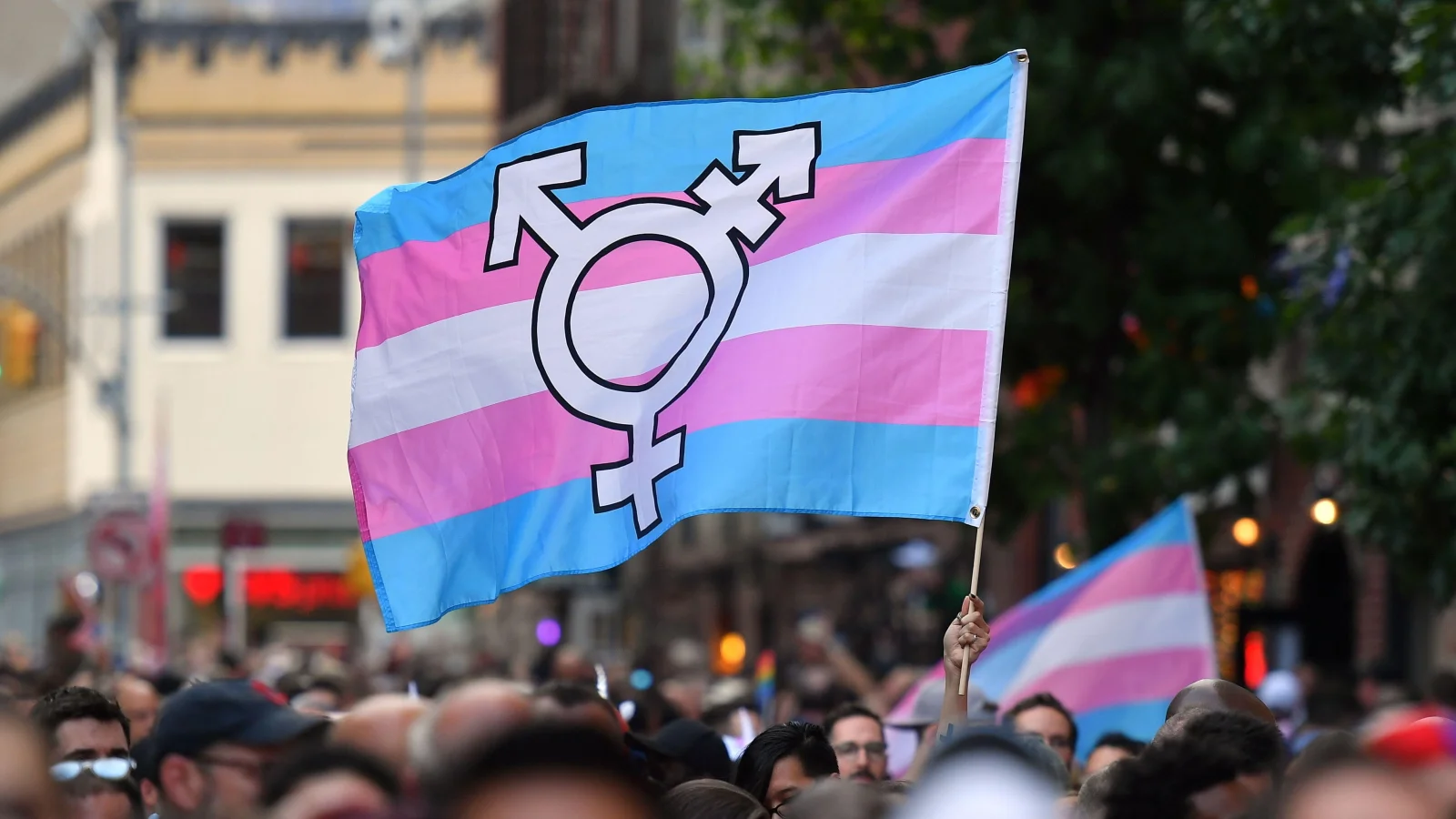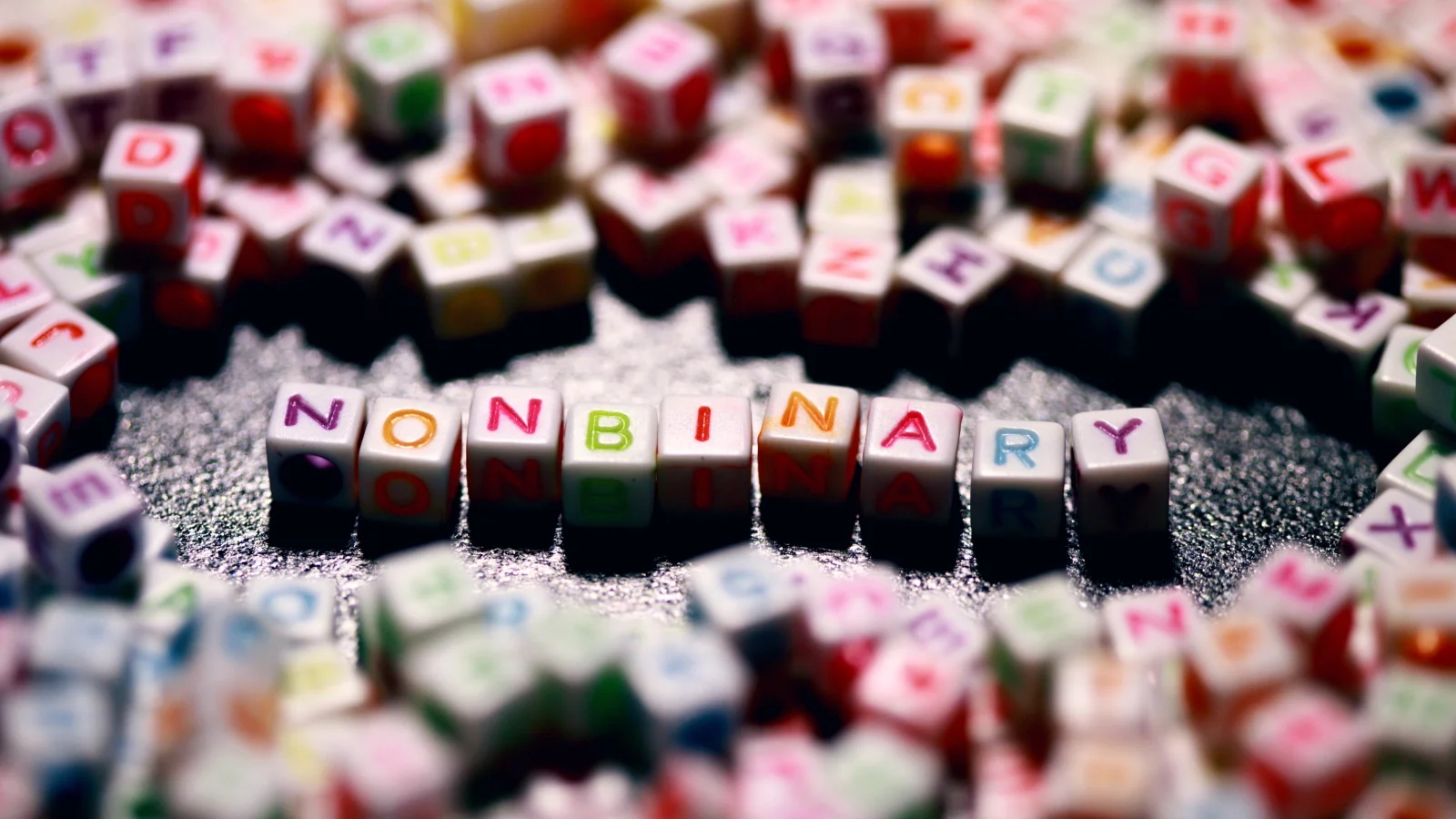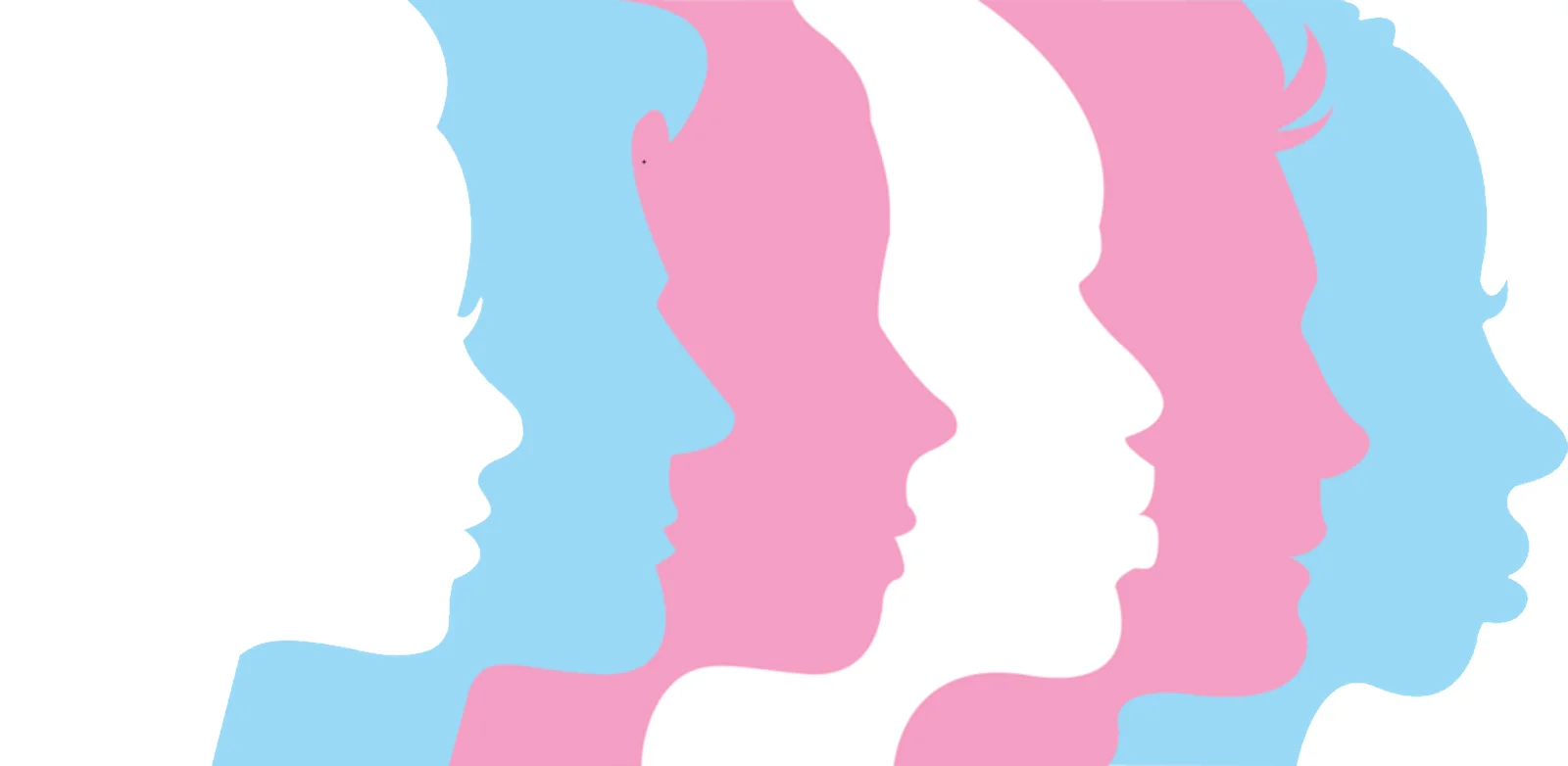We shouldn’t be afraid of transgender people and we should understand them and their needs. Some fears are very often connected with things we don’t understand. Because of this, FAPdistrict decide to share all most important details connected with the term "transgender".

CHECK ALL REVIEWS!
What does transgender mean?
People described as transgender have a gender identity or gender expression that differs from the sex that they were assigned at birth. Some transgender people use medical assistance to go trought the sex transition. Because of this, they become transsexual ones.
It's worth to remember that transgender (or trans) is also an overall umbrella term. It includes trans men and trans women, non-binary or genderqueer people, the third gender people. Sometimes the term is extended also to include cross-dressers.
Being transgender doesn't have to have any influence on sexual orientation. It means that trans people may identify as heterosexual, homosexual, bisexual, asexual, or may decline to label their sexual orientation.
Not every transgender person changes their sex. Some of them can't do it because of many various reasons (e.g. money) but they are also ones who even don't look for that and they live just being themselves.
What is cisgender, the opposite term to trans?
Cisgender is something opposite to transgender. Other words to describe cisgender are cissexual and cis. Cis people gender identity matches their sex assigned at birth.
What does it mean? If someone identifies as a woman and that person was born as a girl, it means that their sex matches to gender identity. And those persons may be described as cisgender ones.

A short and basic dictionary connected with other trans terms
There are some terms that are importnat in the transgender dictionary and you should also know them. There basic words everyone must know such as:
- GENDER IDENTITY - it's a sense of one's gender. It may correlate with a person's assigned sex at birth or be different.
- GENDER EXPRESSION - called also gender presentation is a person's behavior, mannerisms, interests, and appearance that are associated with gender in a particular cultural context, specifically with the categories of femininity or masculinity. This also includes gender roles. These categories rely on stereotypes about gender. Not everyone can identity their gender presentation as the same as their sexual orientation and gender assigned at birth
- GENDER TRANSITIONING - is a process of changing one's gender presentation and/or sex characteristics to accord with one's internal sense of gender identity. For transgender and transsexual people, this process commonly involves reassignment therapy (which may include hormone replacement therapy and sex reassignment surgery), with their gender identity being opposite that of their birth-assigned sex and gender. Transitioning might involve medical treatment, but it does not always involve it. Cross-dressers, drag queens, and drag kings tend not to transition, since their variant gender presentations are (usually) only adopted temporarily. What's important, transitioning is a process, not an event, that can take anywhere between several months and several years. Some people, especially non-binary or genderqueer people, may spend their whole life transitioning and may redefine and re-interpret their gender as time passes
- TRANSSEXUALITY - variant of gender identity when person believes that they should belong to the opposite sex. The transsexual male, for example, was born with normal female genitalia and other secondary characteristics of the feminine sex; very early in life, however, he identified with men and behaved in a manner appropriate to the male sex
- TRANS MAN - a man who was assigned female at birth. Many trans men choose to undergo surgical or hormonal transition, or both (see sex reassignment therapy), to alter their appearance in a way that aligns with their gender identity or alleviates gender dysphoria. Most trans men identify as heterosexual (meaning they are sexually attracted to women), trans men, like cisgender men, can have any sexual orientation or sexual identity, such as homosexual, gay, bisexual, pansexual, or asexual, and some trans men might consider conventional sexual orientation labels inadequate or inapplicable to them, in which case they may elect to use labels like queer
- TRANS WOMAN - a woman who was assigned male at birth. Trans women may experience gender dysphoria and may transition; this process commonly includes hormone replacement therapy and sometimes sex reassignment surgery, which can bring relief and resolve feelings of gender dysphoria. Trans women may be heterosexual, bisexual, homosexual, asexual, or identify with other terms (such as queer)
- NON-BINARY or TRANSPHOBIAGENDERQUEER - a spectrum of gender identities that are not exclusively masculine or feminine - identities that are outside the gender binary. Non-binary identities can fall under the transgender umbrella, since many non-binary people identify with a gender that is different from their assigned sex. Non-binary people may identify as having two or more genders (being bigender or trigender); having no gender (agender, nongendered, genderless, genderfree or neutrois); moving between genders or having a fluctuating gender identity (genderfluid); being third gender or other-gendered (a category that includes those who do not place a name to their gender).Gender identity is separate from sexual or romantic orientation, and non-binary people have a variety of sexual orientations, just as cisgender people do
- THIRD GENDER - a concept in which individuals are categorized, either by themselves or by society, as neither man nor woman. It is also a social category present in societies that recognize three or more genders
- CROSS-DRESSING - written also as crossdressing is the act of wearing items of clothing commonly associated with other sex. The term refers to an action or a behavior, without attributing or implying any specific causes or motives for that behavior. Cross-dressing is not synonymous with being transgender
- INTERSEX - intersex people are individuals born with any of several variations in sex characteristics including chromosomes, gonads, sex hormones or genitals that, according to the UN Office of the High Commissioner for Human Rights, "do not fit the typical definitions for male or female bodies". This range of atypical variation may be physically obvious from birth – babies may have ambiguous reproductive organs, or at the other extreme range it is not obvious and may remain unknown to people all their lives. Intersex people were previously referred to as hermaphrodites or "congenital eunuchs"
- GENDER DYSPHORIA - is the distress a person feels due to a mismatch between their gender identity and their sex assigned at birth
- TRANSPHOBIA - a range of negative attitudes, feelings or actions towards transgender people or transness in general.

Transsexuality in relation to transgender
Difference between transgender and transsexual is based on distinctions between gender (psychological, social) and sex (physical). Transsexuality may be said to deal more with physical aspects of one's sex, while transgender considerations deal more with one's psychological gender disposition or predisposition, as well as the related social expectations that may accompany a given gender role.
We hope, you understood basic assumptions connected with the term transgender and thanks to this you will be more open now. Transsexual and transgender people are just like us and they deserve to be treated like other human beings. We're all equal the same way!
CHECK ALL REVIEWS!